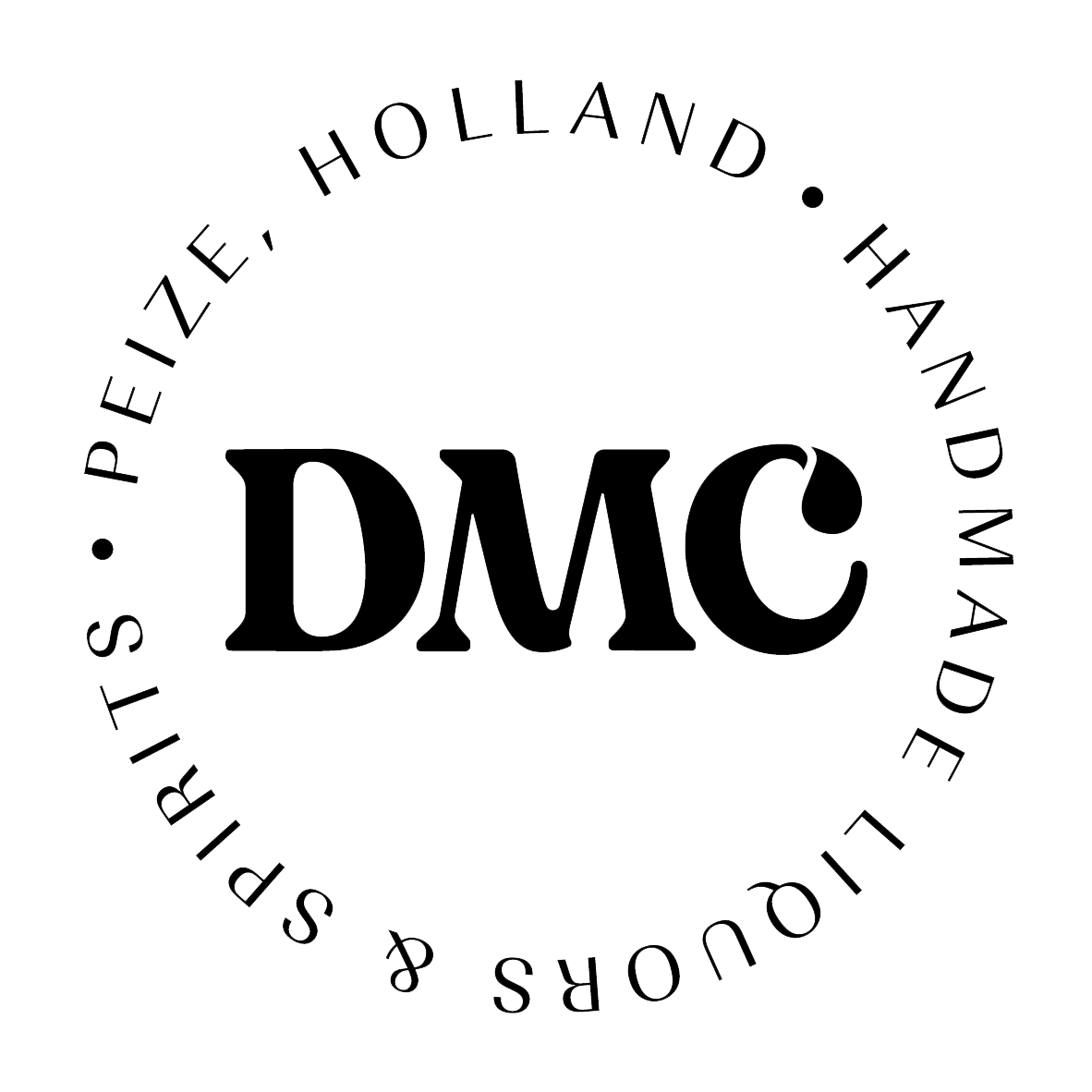Editorials, Editorial Opinions, Editorial News, The Hindu Opinion
Broadly it subsumes epic poetry, but the term “narrative poetry” is often reserved for smaller works, generally with more appeal to human interest. Many scholars of Homer have concluded that his Iliad and Odyssey were composed of compilations of shorter narrative poems that related individual episodes. Poetry is often separated into lines on a page, in a process known as lineation.
That Poemy-Feeling
Traditionally, blowing up a truck outside a hotel has been considered bad. Well, apparently, if you’re a former representative who nearly became the new attorney general, that’s not always the case. On Twitter, Matt Gaetz, the disgraced former Florida representative, posted, “The Vegas dude seems like a real CHAD?? ” and has yet to delete it at the time of writing, more than 18 hours later. Promote your product, service, or campaign while building brand awareness on our platform. The views and opinions expressed in the articles contained in the Academy News are those of the identified authors and do not necessarily reflect the official policy or position of the Academy.
Before the election, three Post journalists stepped down from the editorial board in protest over the publication’s controversial decision not to endorse a presidential candidate, with concerns that it was a way for Bezos to placate Trump. More than 200,000 readers also canceled their digital subscriptions. Critique editorials require a careful balance between objectivity and subjectivity. While they certainly express the author’s viewpoint or the publication, they must be grounded in facts, fair in Poems their assessment, and compelling in their arguments. This blend of critique and analysis lends these editorials their power and impact.
editorial
Alliteration is particularly useful in languages with less rich rhyming structures. Additional forms of poetry may be found in the discussions of the poetry of particular cultures or periods and in the glossary. Poets use a variety of techniques called poetic devices, such as assonance, alliteration, euphony and cacophony, onomatopoeia, rhythm (via metre), and sound symbolism, to produce musical or other artistic effects. They also frequently organize these effects into poetic structures, which may be strict or loose, conventional or invented by the poet. Poetic structures vary dramatically by language and cultural convention, but they often use rhythmic metre (patterns of syllable stress or syllable (mora) weight). They may also use repeating patterns of phonemes, phoneme groups, tones (phonemic pitch shifts found in tonal languages), words, or entire phrases.
.jpeg)
Understanding what an editorial is involved more than knowing its definition. One must also comprehend its role, presence across media, and multifaceted purpose in shaping discussions and informing public opinion. Writing an effective editorial is an art that requires a balance of passion, precision, and persuasion. Whether you are writing an explainer, a critique, or a persuasive piece, there are key guidelines and techniques to follow that enhance the impact of your editorial. Here’s how to write an editorial that is compelling and influential. Understanding the unique roles different types of editorials play in the journalistic realm allows us to appreciate their distinct nuances and values.
Poetry has a long and varied history, evolving differentially across the globe. The earliest surviving Western Asian epic poem, the Epic of Gilgamesh, was written in the Sumerian language. Poets – as, from the Greek, “makers” of language – have contributed to the evolution of the linguistic, expressive, and utilitarian qualities of their languages. In an increasingly globalized world, poets often adapt forms, styles, and techniques from diverse cultures and languages. Famous poems run the gamut from children’s poetry to Shakespeare sonnets to classics we read in English class.
.jpeg)
Editorial: Think twice before breaking up the Los Angeles Homeless Services Authority
This poem is best for anyone ready for more complex, challenging and gorgeously written poetry. You can read “what if” by Claudia Rankine in Just Us from publisher Graywolf Press. The staccato rhythm of this poem feels like a heartrate monitor—appropriate, since the narrator is struggling with an illness. The person wonders how long they have to live while also detailing their care and treatment. Of note, the poet was HIV positive and often wrote about black gay men like himself.
Please read the full list of posting rules found in our site’s Terms of Service. Elizabeth Barrett Browning’s “Sonnets from the Portuguese 43” (1850), which paints a picture of all-consuming, hot-burning love and opens with one of the most famous lines in history (“How do I love thee? Let me count the ways”). Though this was composed more than a century ago, that dichotomy between hot and cold, symbolizing desire and hatred, remains relevant today. The poem doesn’t argue for or against either, which makes it more interesting.
An editorial, often found in newspapers or magazines, serves as a platform for expressing viewpoints and stimulating thought. Fundamentally, it’s an opinion-based commentary to influence public opinion or promote critical thinking. The main purpose of an editorial is to present a viewpoint, influence readers’ opinions, stimulate discussion, and promote critical thinking.
Second, through this critique, they influence public opinion and spark dialogue, driving engagement with the topic. The persuasive editorial model represents a potent blend of information, persuasion, and activism. These editorials have the potential to inspire change, shape public discourse, and influence policy-making. As such, they exemplify the power of the press as an observer of society and an active participant in shaping its future. The 19th century marked the true birth of the editorial as a distinct journalistic form.



